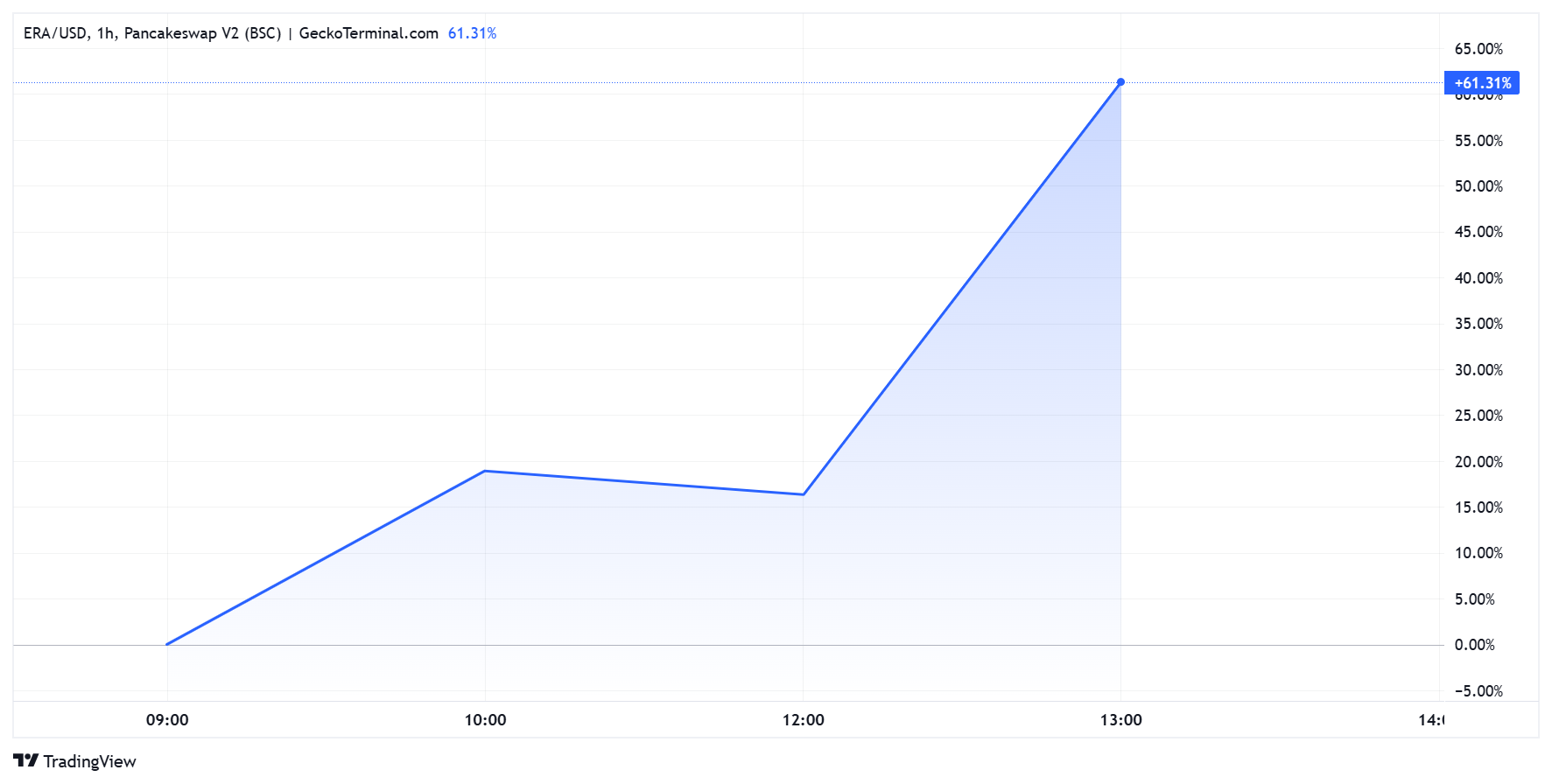
The post Binance’s CZ Breaks Silence on Prison Time, Cellmate Was a Double Murderer: ‘No One Cares’ appeared first on Coinpedia Fintech News
Changpeng Zhao, also known as “CZ” and the founder of cryptocurrency exchange Binance, recently shared details of his prison experience following his legal troubles in the United States.
In November 2023, both CZ and Binance pleaded guilty to several charges related to money laundering and regulatory violations. To settle the case, Binance agreed to pay over $4.3 billion in fines. Initially facing a three-year prison sentence, CZ’s punishment was reduced to four months after his legal team argued he was not directly involved in the wrongdoing.
In an interview with Farokh Radio, CZ opened up about his experience and described prison as an extremely difficult experience. Despite his calm personality and high tolerance for stress, he admitted the process was frightening. From strip searches to sharing a cell with a double-murder convict, CZ said nothing about prison was easy or glamorous.
“It was extremely hard when you go through it. I can laugh about it now, but it’s not funny — it’s not fun at all. I wouldn’t wish that experience on anyone. My first cellmate was a double murderer. Once you’re in there, no one cares who you are. They just treat you like anyone else,” he said.
He explained that while he was not mistreated, he was not given any special treatment either. Most guards and inmates did not know who he was, and he was monitored like any other prisoner. Since he is not a U.S. citizen, CZ was placed in a low-security prison instead of minimum-security, which is typical for white-collar offenders.
CZ said that prison was mentally stressful. One of his biggest fears was that his sentence could be extended unexpectedly, which he said happens to many inmates. Even after serving his four months, immigration issues caused delays in his release, and he was temporarily held in a detention center.
Despite the challenges, CZ said that most of the inmates were respectful and that he had no conflicts during his time in prison. He also revealed that he’s writing a book that will include more details about his experience.





